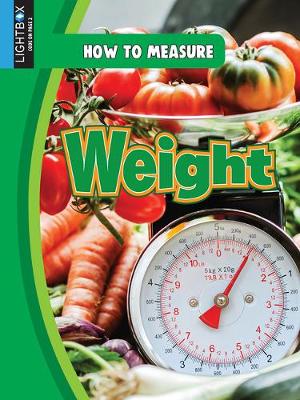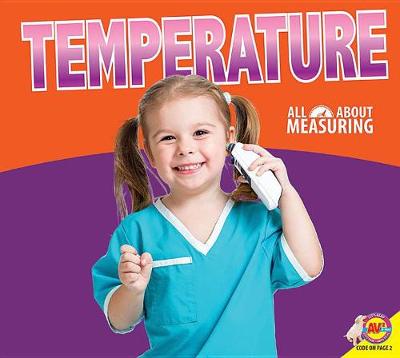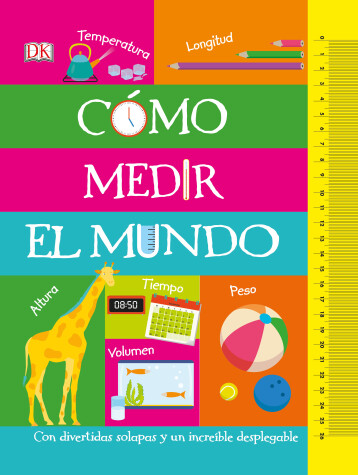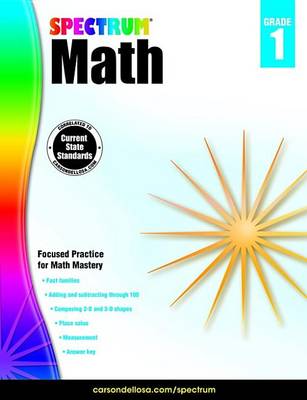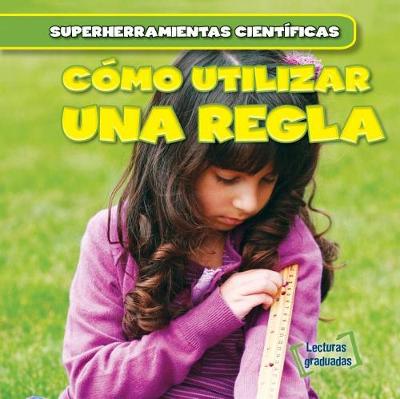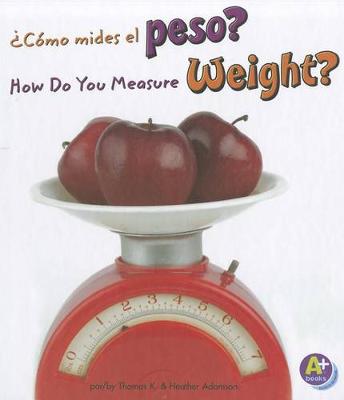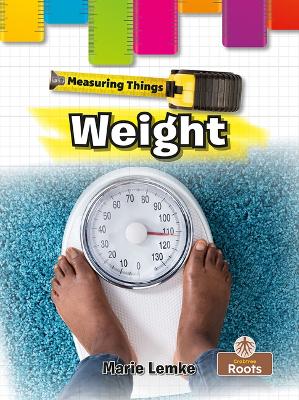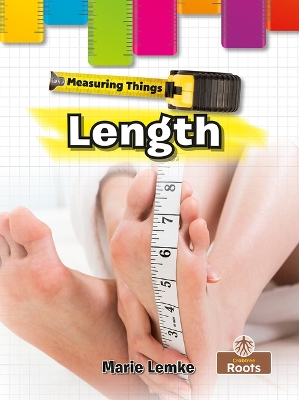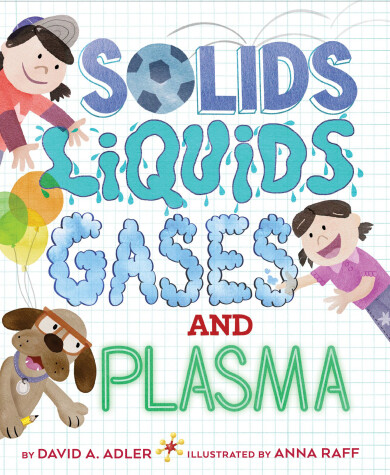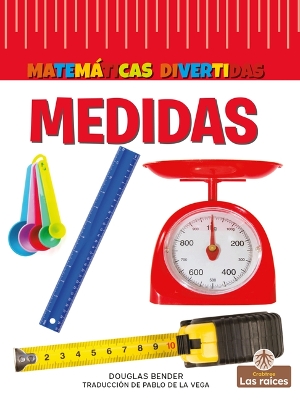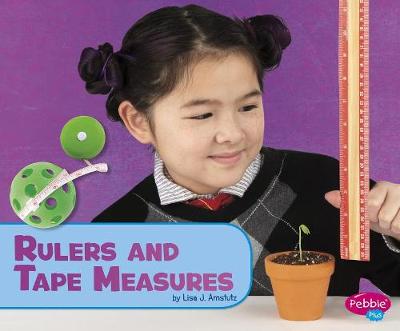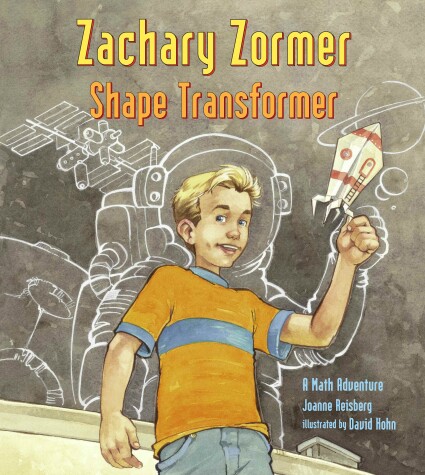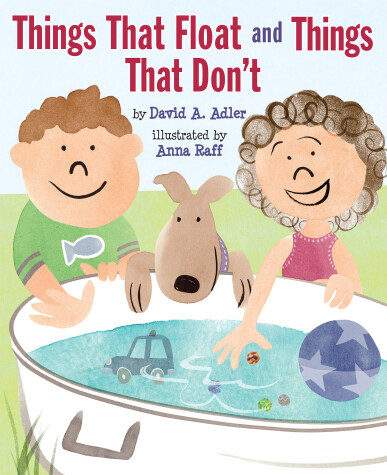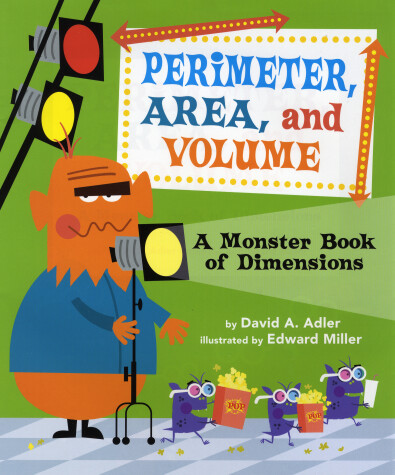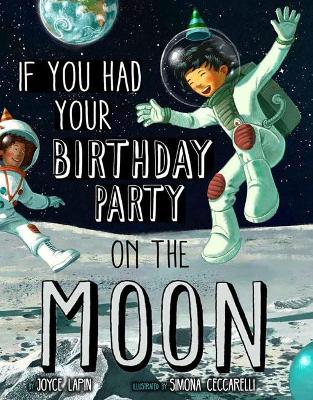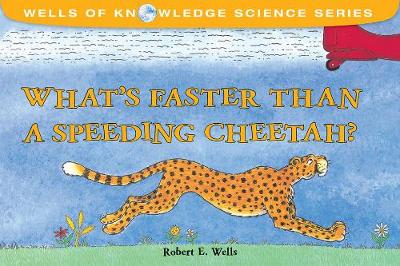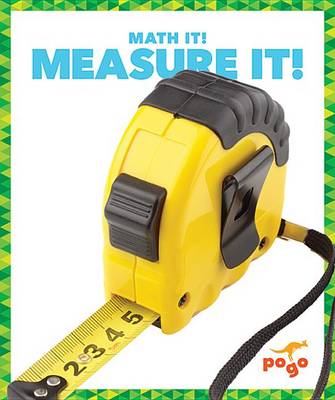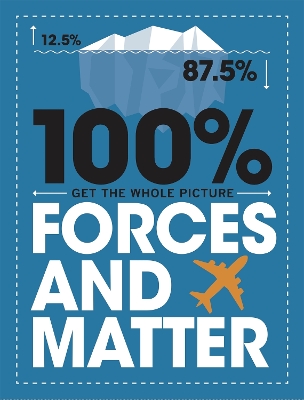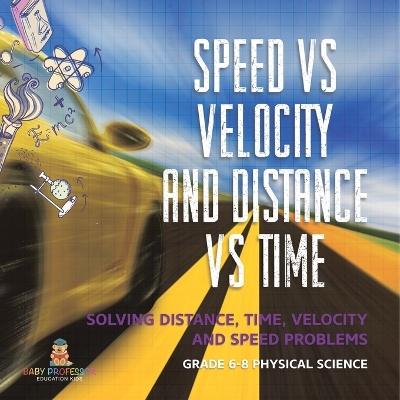Light and Sound (Intro to Physics: Need to Know)
by Jane Parks Gardner
Levanta las solapas, gira las ruedas y a medir! Consejos en cada página para hacer todo tipo de mediciones, desde alturas y pesos a la temperatura o cómo decir la hora. Comparaciones divertidas, preguntas y un escenario desplegable para aprender a medir las cosas que nos rodean.
Elementary Science Measurement (Nystl, Per Peter Sawits) (Cap-Marketing)
Cómo Utilizar Una Regla (Using a Ruler) (Superherramientas Cientificas (Super Science Tools))
by Nora Roman
?Como Mides El Peso?/How Do You Measure Weight? (A+ Bilinge/Bilingual: M-Delo/Measure It)
by Heather Adamson and Thomas K Adamson
"Simple text and color photographs describe the units and tools used to measure weight--in both English and Spanish"--
Explore physics in this early introduction to the states of matter, starring a goofy dog and his all-too-human family. Zippy art and clear explanations introduce the basic characteristics of four states of matter and how they change from one state to another. Totally up-to-date, this book for elementary school children includes plasma, now covered in all curricula. Straightforward text presents the facts and Raff's infographic illustrations demonstrate the science and tell a humorous story....
Young readers will learn how scientists use rulers and tape measures to observe and measure length and height.
Zachary Zormer (Charlesbridge Math Adventures)
by Joanne Anderson Reisberg
Friday is Zachary Zormer's favorite day of the week. At least it is until he realizes he forgot this week's assignment, "Bring in something fun to measure." Tyler, the class show-off, brings a picture of himself from the newspaper. How can Zack top that when all he has to work with is a piece of paper he finds in his pocket? Week after week Zack takes on a different math concept (length, width, area, perimeter) with surprising projects including a mobius strip, a paper frame large enough to step...
It can be surprising which objects float and which don't. An apple floats, but a ball of aluminum foil does not. If that same ball of foil is shaped into a boat, it floats! Why? And how is it possible that a huge ship made of steel can float? Answering these questions about density and flotation is David A. Adler's clear, concise text, paired with Anna Raff's delightful illustrations. Activities that demonstrate the properties of flotation are included.
Grab your jumbo popcorn—you're invited to the premiere of a 3-D movie, all about those three dimensions! Trusted math picture book duo David A. Adler and Ed Miller tackle the differences between two- and three-dimensional objects in their signature bright and kid-friendly way. Explaining length, width, and height-- and all the different ways we represent those figures-- Adler shows how changing the dimensions of an object affects its size. . . . with some help from a cast of funny, friendly mov...
If you had your birthday party on the moon, what would it be like? Blast off to an extraterrestrial celebration and find out! This cool picture book combines fun and facts to help kids learn all about outer space. Have your birthday party on the moon and everyone will come! After all, who wouldn’t want to ride in a rocket and celebrate for a day that lasts as long as a month on Earth? Then, young partygoers could romp in a low-gravity playground; watch candles and balloons behave weird...
Whats Faster Than a Speeding Cheetah? (Wells of Knowledge)
by Robert Wells
Solid as a Rock! Measuring the Mass and Density of Solid Objects and Identifying Substances Grade 6-8 Physical Science
by Baby Professor
What Is Ohm's Law? Understanding Current, Voltage, and Resistance Grade 6-8 Physical Science
by Baby Professor
100% Get the Whole Picture: Forces and Matter (100% Get the Whole Picture)
by Paul Mason
Learn about forces and matter through facts focused on percentages.Did you know that only 12.5% of an iceberg is above the surface and the remaining 87.5% is below water? Find out about the different states of matter and the forces that govern them. Learn about forces and matter through facts focused on percentages. Liquids, solids, gases, buoyancy are some of the topics covered in this exciting new way of exploring forces and matter.Find out what makes the world complete by understanding the di...
Speed vs Velocity and Distance vs Time Solving Distance, Time, Velocity and Speed Problems Grade 6-8 Physical Science
